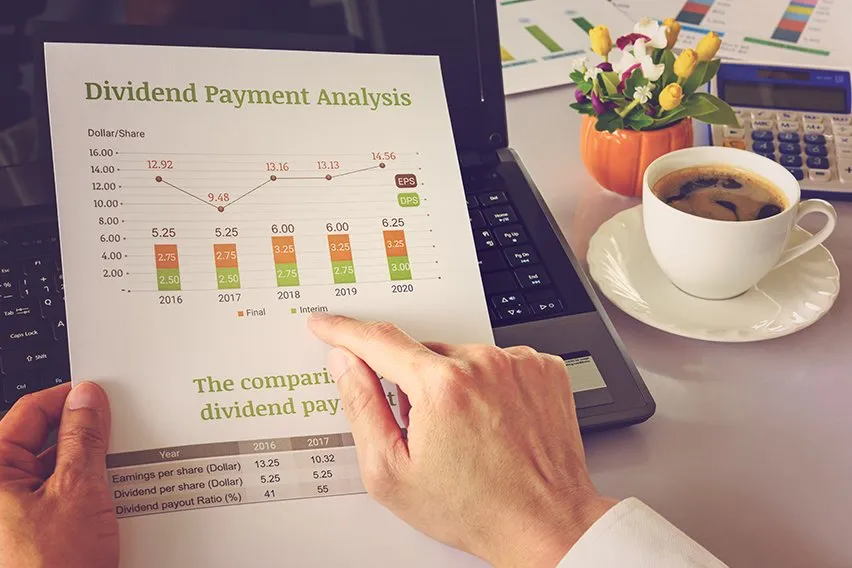Running a Company: What Is a Confirmation Statement CS01?

Being a small business owner is exciting. Running your own company provides a ton of flexibility, freedom and the ability to take the business in the direction you want it to go. But there can be a lot to know and understand when it comes to operating a business.
Plus, there are certain requirements you must fulfil with Companies House. In the UK, most businesses and limited liability partnerships (LLPs) need to submit a confirmation statement. And this needs to happen at least once per year.
But what exactly is a confirmation statement and how do you know what to include? Let’s take a closer look.
Here’s What We’ll Cover:
What Is a Confirmation Statement?
Purpose of a Confirmation Statement
What Do You Need to Include in a Confirmation Statement?
When Do You Need to File Your Confirmation Statement?
What Is a Confirmation Statement?
A confirmation statement (CS01) used to get known as your annual return. It provides a glimpse into how your company operates. You need to provide information about your directors, secretary and shareholder information.
Also include your registered office address, share capital and a list of people who have significant control. The Small Business, Enterprise and Employment act was announced back in 2016.

Purpose of a Confirmation Statement
With so many businesses operating in the UK, a confirmation statement helps verify the important details of your company. It’s a way to make sure that any information that’s registered with Companies House or on the public register is up to date and accurate.
So, if there is any information about your company that ends up being incorrect or out of date, you can update the relevant information. It’s easy to do, and the good news is that there isn’t a need to provide previously filed information if there haven’t been any changes over the past 12 months.
This means that if your company details remain the same for each confirmation statement, all you need to do is check and confirm the information. Just make sure that if you don’t have changes to report that the information already included on the public record is accurate.
What Do You Need to Include in a Confirmation Statement?
It’s easy to find the right information to include in your confirmation statement since it’s key information about your business. If nothing has changed at your company, then all you need to do is check and confirm that the information is accurate. Here is a breakdown of some of the information that will have to get included.
- The location of your company’s statutory registers, such as your registered office or SAIL address
- Your principal business activities, including the Standard Industrial Classification (SIC) codes
- The names of each of your shareholders
- The number of shares held by each shareholder, unclipping the class, quantity and details of any transfers
- Your statement of capital, which can include:
- The total number of shares of the company
- The aggregate nominal value of the shares
- If there’s an unpaid aggregate amount for those shares, regardless if the account is nominal or premium
- The trading status of the shares
- A list of People with Significant Control (PSCs)
As well, for each class of shares you offer you will need to provide a few extra details:
- Any prescribed particulars of the rights that are attached to the shares
- The total number of shares within that class
- The aggregate nominal value of shares within that class
It might seem as though there’s lots of information to include, and there is. But, you should have most of this information handy. And if nothing really changes with your business then all you have to do is confirm the details are correct with Companies House.

When Do You Need to File Your Confirmation Statement?
Businesses must file a confirmation statement with Companies House at least once every 12 months. The due date is referred to as the confirmation date and it falls on the anniversary of when your company was formed.
Then, for every year that follows, your confirmation date will be the same as the previous year. You will then have 14 days past this date to deliver your confirmation statement to Companies House.
Key Takeaways
There are a few different ways that you can file your confirmation statement. It can be done by post using the paper form CS01, or form LLCS01 for LLPs. Or, you can file it online through WebFiling or with a company formation agent.
It’s worth noting that all private limited companies must provide a confirmation statement, regardless if they’re active or not. Even if a company isn’t trading there are certain details about its internal business structure that could change. This is why you still must confirm that Companies House has the correct business information. And that the details that get displayed on the central public register are accurate.
Simply put, a confirmation statement provides a look into your company and how it operates. It also helps verify important business details to make sure the information on the public register is correct and accurate.
Did you enjoy reading this guide? Head over to our resource hub for more great content!
RELATED ARTICLES

 Dividend Payout Ratio: Definition, Formula & Calculation
Dividend Payout Ratio: Definition, Formula & Calculation What Is the Effective Annual Rate(EAR) & How to Calculate It
What Is the Effective Annual Rate(EAR) & How to Calculate It Capital Adequacy Ratio (CAR): Definition & Overview Guide
Capital Adequacy Ratio (CAR): Definition & Overview Guide Reducing Balance Depreciation Method: Explanation & Calculation
Reducing Balance Depreciation Method: Explanation & Calculation Why Is Cash Flow Important: 3 Major Reasons
Why Is Cash Flow Important: 3 Major Reasons What Is Payment on Account & How to Pay It?
What Is Payment on Account & How to Pay It?